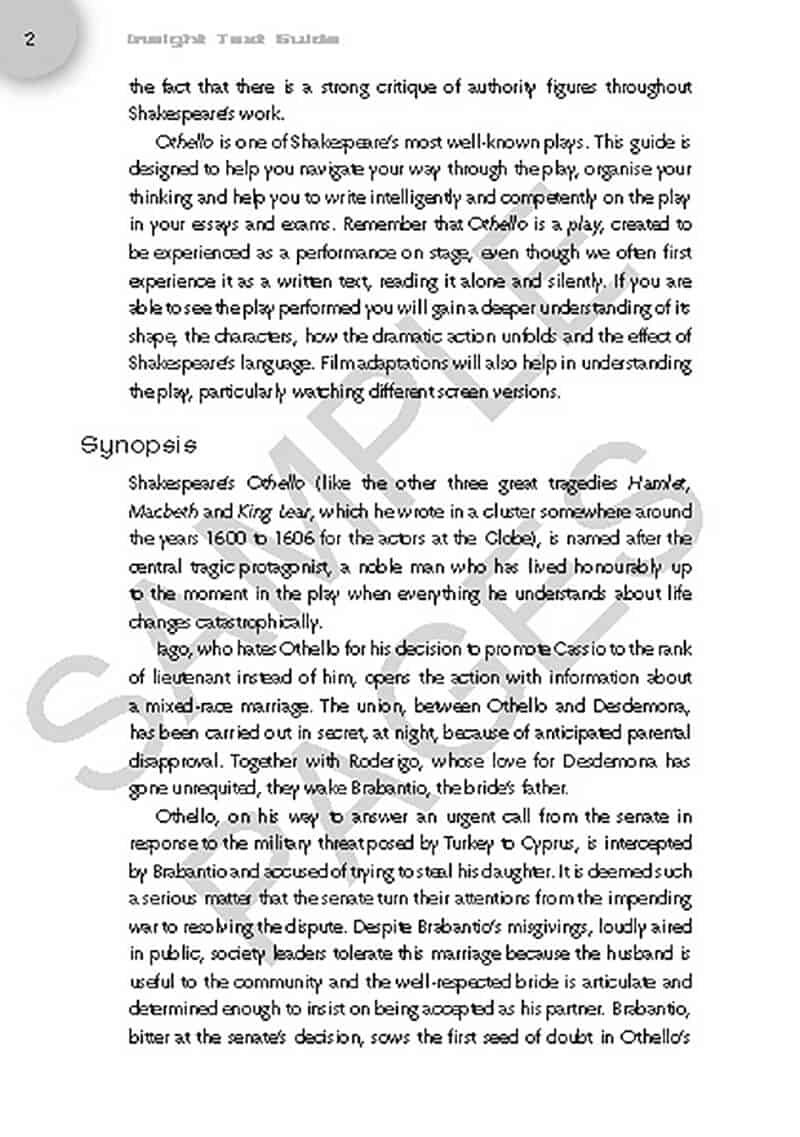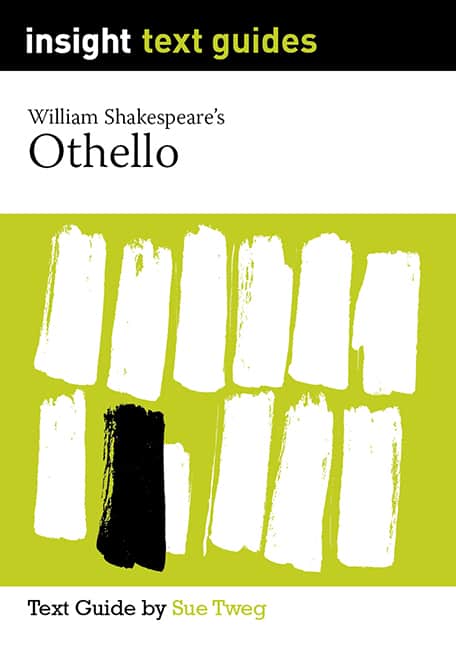
“Theatricality and Textuality: The Example of ‘ Othello’.” If you encounter frequent shifting of tenses for no discernible reason, revising for consistency is a good idea.Bernard, John. The author may have sound reasons for his or her choices, and you would do better to query before you impose one tense over another. Using the present tense consistently, however, would accurately reflect the status of all the texts mentioned in the sentence as works that exist in the present: The details of Othello’s narrative come from medieval and early modern travel books, some of which describe fantastic creatures.Ī word of caution for copyeditors: if an author uses the past or present tense in a consistent manner when discussing works, pause before you follow an impulse to change the tenses, especially if such an intervention would be extensive. The switch is understandable: the travel books inspired Othello’s narrative in the past, when the narrative was created. The author uses the present tense for the main text under discussion, but for the other texts-the travel books-switches to the past tense. The details of Othello’s narrative come from medieval and early modern travel books, some of which described fantastic creatures. Here’s another example of tense shifting: In this sentence about the sources of Elizabethan dramatists it would be better to keep the verb tenses consistent and use adapted and based.

Here’s an example that uses tenses inconsistently:įor the plot of Othello, Shakespeare adapts a sixteenth-century Italian tale, while Christopher Marlowe based his play Tamberlaine on the life of an Asian emperor. It’s easy to shift tenses without realizing it. Shakespeare composed Othello about fifteen years after Marlowe wrote Tamberlaine.Ībove all, aim for consistency and try to avoid frequent shifts in tense, which can be jarring for readers. Othello was first performed in 1604, at Whitehall Palace in London. When the context is clearly historical, the choice of the past tense is obvious: A good rule of thumb is to consider whether the principal context of your discussion is textual or historical. Use care when choosing between the past and present tense. If you’re primarily discussing the historical context of a work, however, use the past tense:īy identifying Othello as a Moor, Shakespeare introduced both racial and religious issues to early modern playgoers. Shakespeare gives Iago, an archetypal villain, an important role.īy identifying Othello as a Moor, Shakespeare introduces both racial and religious issues. In the following examples, “in Othello” is implied: The blog Bard Film analyzes references to Shakespeare in popular films.īy extension, you may also use the present tense when the subject is not the work itself but the work’s author, if the work is implied. William Hazlitt’s Characters of Shakespeare’s Plays contrasts expressions of passion and violence in Othello and Macbeth.Ī 1965 film version of Othello stars Laurence Olivier. The principle applies to works of all sorts, from literary criticism to films to websites: The rationale for using the present tense when discussing a work is that the work exists in the present just as it existed earlier: Othello always has five acts and always ends with the same actions. In act 3 Iago persuades Othello that there is reason to doubt Desdemona’s faithfulness, and in the final act Othello confronts Desdemona and then strangles her to death. Likewise, use the present tense to describe the actions of characters and the movement of plot: The play ends with Othello’s murder of Desdemona and with the revelation of Iago’s motives. Like other Shakespearean tragedies, Othello has five acts.

Some of the themes of Othello are racism, love, jealousy, and betrayal. It begins on a street in Venice, where Roderigo and Iago are arguing.

It is customary to use the present tense when discussing a literary work:


 0 kommentar(er)
0 kommentar(er)
